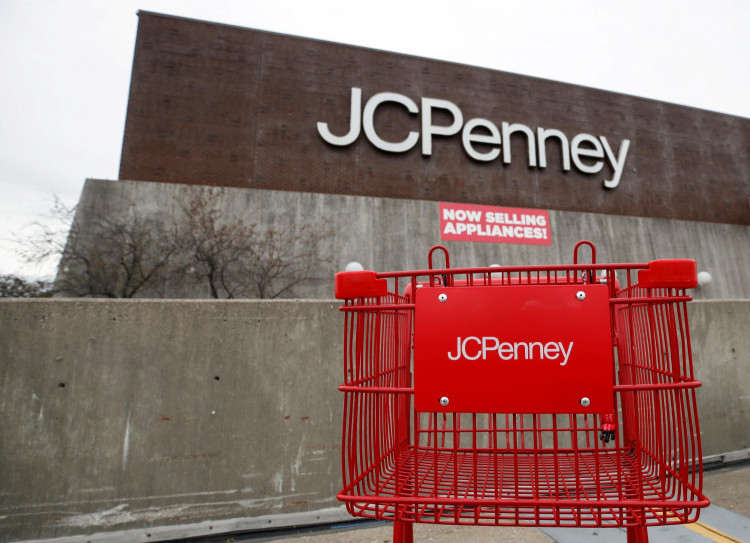JC Penney Co Inc is planning to file for bankruptcy protection as early as next week with intentions to completely shutter around 25 percent of its approximately 850 outlets, becoming the latest giant American retail group to cave in to the ongoing global health crisis, sources with knowledge of the issue, disclosed.
A bankruptcy filing would conclude a long decline for the popular 118-year old department store chain, which has suffered with a debt burden of almost $4 billion and mounting pressure from e-commerce competitors and brick and mortar discount stores well before the pandemic began.
The Plano, Texas-headquartered retail company skipped a $12 million interest payment last April 15, setting the timeframe on a 30-day extension that could force the company to seek bankruptcy protection as soon as May 15.
If J.C. Penney makes it to the May 15 deadline, it may opt to make the interest payment it owes, but the retailer skipped another $17 million payment on Thursday.
JC Penney is expected to shutter 200 of its approximately 850 stores nationwide, sources told Reuters. And while it has not come up with a restructuring plan, the report disclosed it is considering an option to divide into two separate entities - one owning real estate and serving as a landlord to the other, operating retail.
JC Penney's profits online have not been substantial to pay for the huge losses the retailer has been incurring while it keeps its shops closed across the United States in response to widespread lockdowns that are aimed at reducing the spread of the coronavirus.
While it has enough cash to keep functioning in the coming months, the retailer is hounded by a $105 million debt payment due in June and around $300 million of annual interest. Over $2 billion of debt comes due in 2023.
J.C. Penney is negotiating a "debtor in possession" loan of about $300 million to $500 million with its first lien creditors, including H2 Money, sources said. Originally, the retailer had hoped for as much as $1 billion in DIP, but this would have included current debt being rolled over.
The iconic retail group has also talked of bankruptcy funding to bigger financial institutions, but DIP funds have proven harder to get through than other recent large-scale retail bankruptcies.
Although large banks have contributed DIP to retailers such as Toys R Us and Sears, these lenders are less interested in offering such funding aid now, particularly when they are not current creditors, sources said.






